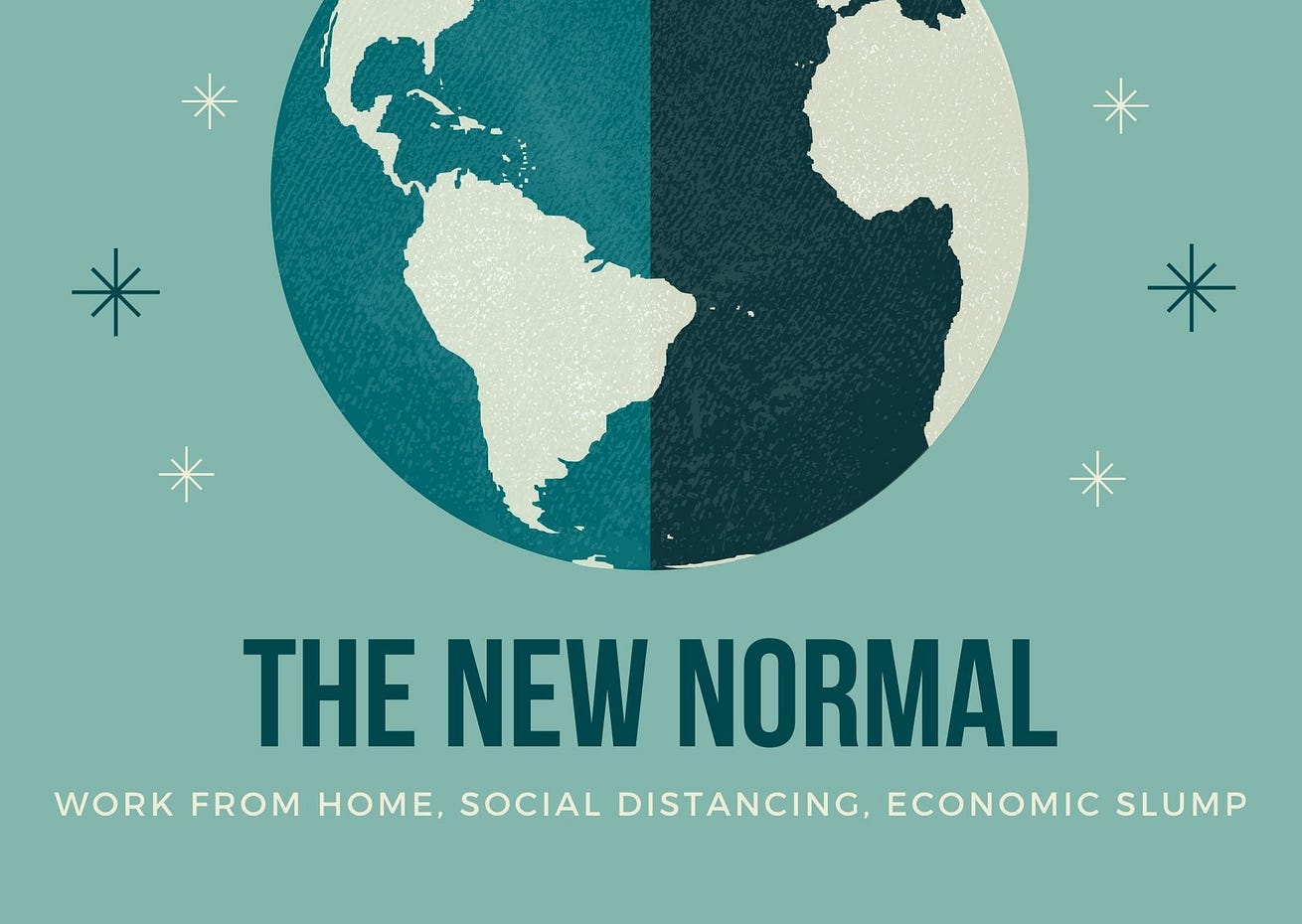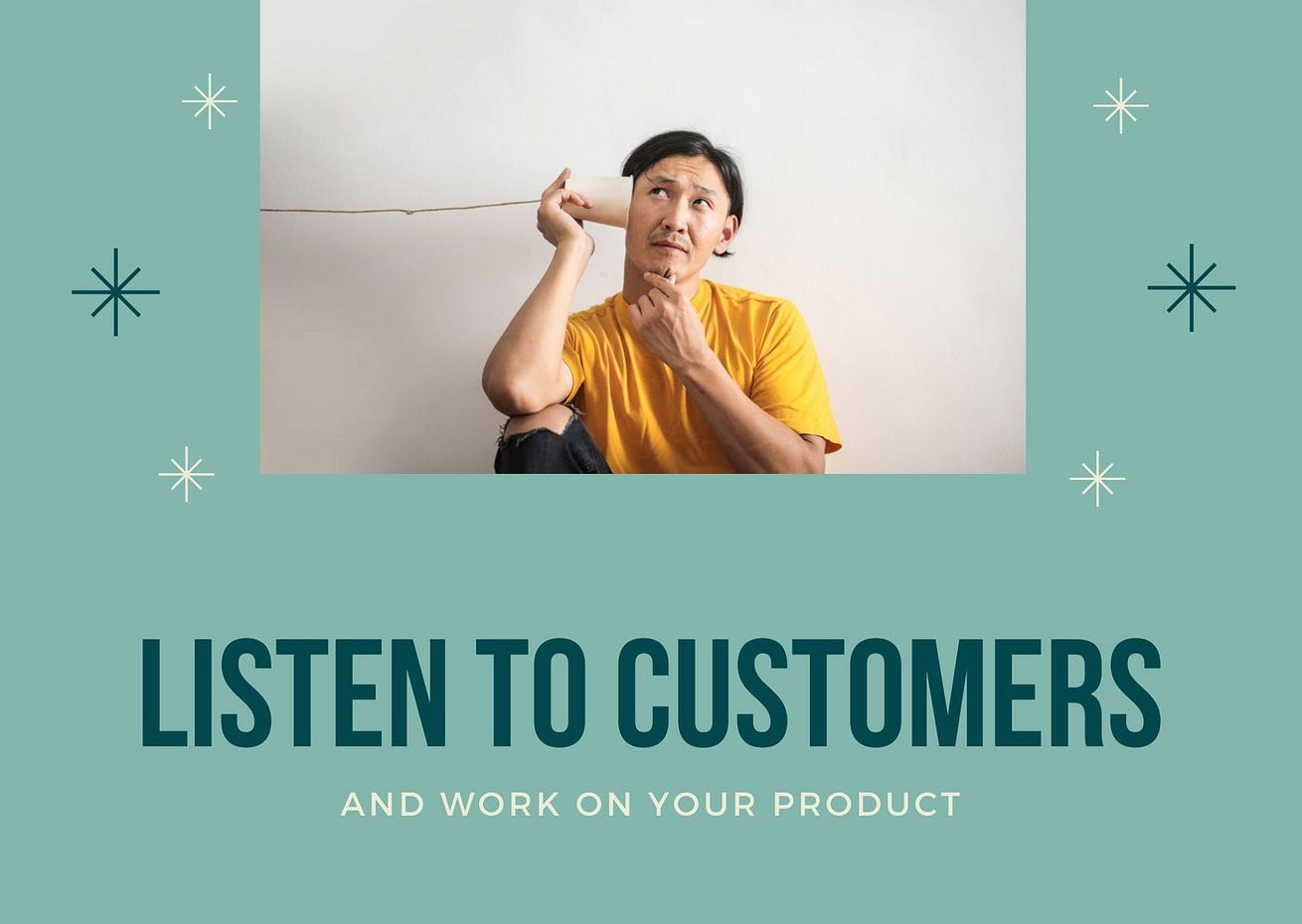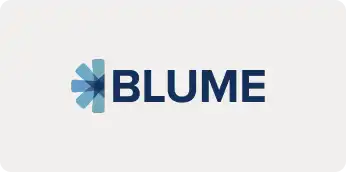A few weeks after Covid19 was declared a pandemic, as part of the SaaSBoomi initiative, some of India’s top SaaS entrepreneurs got together to discuss strategies for companies to steer through the crisis. A few weeks further in, at the SaaSBoomii growth summit, we got together to discuss how to thrive in the new world, notwithstanding the pandemic.
“SaaS companies need not play defense. We can go on the offense. In fact, we’re better off than most others,” Armando Mann, formerly of Salesforce, Dropbox, Google, and an investor in several startups said during his keynote at the SaaSBoomi growth summit.
Edited excerpts from the keynote.

The world is changing very rapidly and every week we’re learning new things. The only thing we know for certain is absolutely nothing. We don’t know when the pandemic will finish. We don’t know how deep the economy is going to be hit in different countries. We don’t know how to recover. We know we don’t know which sectors and which way things are going to go. We’re deep into a health crisis. We’re nowhere close to the end of the crisis. In the US, for instance, one out of five is unemployed. In India 120 million are unemployed.
So the main skills that we need to develop and exercise is to be fast at learning and decisive as leaders. In practice, this means adapting in three areas. Firstly, adapt your product to the current environment. The second is your customers and how we engage with your customers. And the third is your team.

Before we dive into those three areas: what are the constraints of the new normal? As many of you know we’re working from home. There are social distancing norms. We’re only going to travel when it is truly necessary. Schools are closed around the world. Events are being canceled or going online. Budgets are tighter.
The good part is that several tech companies enabling people in the new environment are doing well. Zoom, for example, has gone from 10 million daily participants to over 300 million daily participants since the crisis erupted. That’s a 30 X growth.
Doximity, a telehealth company that used to take 1 million calls a month now takes a million calls a day. E-learning is also growing tremendously. Collaboration tools like Slack and Microsoft Teams are doubling in numbers. And of course, Netflix, Disney Hotstar and Prime usage is exploding.

SaaS companies don’t necessarily need to play defense. We are in a position to play offense. And let me walk you through why I think that’s true. Our privileged position comes from our business model in contrast to a lot of other sectors. For example, last month, some of the largest chains in the world had negative revenue. That means they had to reimburse their customers more money than the money they made from bookings. In our case, we get recurring revenue. Many of us have collected payments for services in advance.
Airlines, of course, cannot get rid of their planes. We know their demand is going to change. But there’s nothing they can do about their capacity. We can turn servers on and off. We’re very asset-light and that’s a fantastic characteristic of our business.
Hair salons, movie theaters, all sorts of businesses can not go remote whereas most of our employees can go back home and do their jobs from home.
The auto industry is not only getting decimated in demand, but they don’t have margins to play with. As a software business, our margins are between 50 and 80%. That gives us a lot of wiggle room.
Office rentals: Think of WeWork. They are empty. There’s nobody there. Complete ghost towns. In comparison, our apps are still being used.
And lastly, you’re all aware of what’s happening in the oil industry. Demand is collapsing. There’s a massive surplus such that they can pump out oil but have to pay people to take it off their hands. At the same time, demand for SaaS businesses is going up because they’re enabling digital transformation.

We have this incredible opportunity. But we need to adapt. We cannot continue to do things the way we’re doing them a month or two ago. So let me start with your products. The customer used to have a problem that you’re trying to solve. But that might have changed in the last few months. So you have to listen very carefully.
Let me give an example. I was talking to a CIO of a Fortune 500 company. It used to be that his whole priority was how to enable innovation. Now his priority is cost reduction, driving efficiency, and rationalizing spend. Your tool might still be the right solution for that CIO. But you have to listen carefully to what is it that they are prioritizing now and how you frame the conversation. And how you show your product to address today’s concerns.
That also goes to talk about the ideal customer profile. So we all know what our perfect customer is like. But that will also be changing. I was talking to a few companies that do the bottoms up adoption of the products. That’s all good when you have time to deploy the product, people try it out, and then eventually you go upmarket. Now some of these companies are saying we’re changing our roadmap and moving upmarket sooner because those are real revenues. So you might want to think on similar lines.
Once you understand your target customer’s needs, think about your roadmap. You might have to shift things back and forth. That doesn’t mean you have to change your mission. But just reprioritize things based on what their new reality is. For instance, Ford and GM — not your typical tech companies — realized they were not going to be selling cars anytime soon. But there is a huge demand for respirators. So they are opening abandoned plants to build respirators.
Something closer to where many of you are is Reduct, a startup in Mountain View, California. Their main goal was to create tools to edit videos that came from user research interviews. With the explosion of online events like this one, they realized that their technology can be used to transcribe and edit. They’re doing really well with that. So they haven’t changed the product but they changed the use case and the framing and they’re having success with that.

You also want to adapt your go to market. The reality of your buyer has changed. And they need you to sell them in a different way. So let me tell you how reality has changed. To talk about a new initiative, your customer earlier would have gone to the office, gotten the team together, explained why they wanted to implement your product and worked with your team to implement it. Now, this is her reality: She’s at home with the kids and it’s total and utter chaos. At least that’s my case in the day. So think about how you can adapt to your buyer’s reality with a new buying process.
So how should the sales motion adapt? We’re in the early days of this crisis but I’m seeing that lead volume is actually stable. SaaS companies are still getting leads coming in the door, but the sales cycles are longer. We’re seeing lower close rates, especially for new logos.
The best companies I know are investing in product-led sales motions. So we used to go and talk about the value prop and about proof of concept and a bunch of things. But now companies are saying let’s make our demos and pre-trials exceptionally good so people can get value and see value from our products really quickly. I’m seeing a lot of sales teams become best friends with customer success. Not that they weren’t before. But customer success right now is in dire need of help to prevent churn.
That’s where a lot of the sales teams are finding their best opportunities to expand. Your customers will thank you. Because right now, they have to decide if they want to solve problems going after an unknown new vendor or with you, who they already know. So if you can say, hey, we’re doing this for you but we can also do this thing for you in a relevant context, that’s going to be really powerful. I’m seeing a lot of folks reducing the number of tools to consolidate around fewer vendors.
Sales teams that realize sales cycles are longer so in some cases they have more time than they had before for that follow-up. They are not commuting, they are at home all day and in some cases are working all day. So they’re using that extra time they have with customers to build deeper customer relationships and that will pay off in the future. So if you’re seeing your sales cycle extend and taking more conversations, make that investment and build those stronger relationships that will deliver exponentially in the long term.

Now this applies to most companies in different sales motions. But there are nuances whether you are an inside sales team or you’re an outside sales mid-market enterprise team. The inside sales teams are lucky. You have the right tools, you have the right processes, you’re used to selling over Zoom, you’re used to never meeting folks. You’re in a great place in terms of processes and tools. Now think about the buyer at home. Give them more flexibility when scheduling. Meetings don’t need to be an hour.
Don’t need to be exactly 30 minutes or exactly when it’s scheduled. Because right now they don’t have total control of their agenda as they were when they were at the office. They have other unexpected events during the day. Also, address the elephant in the room. Talk to your customers about what has changed. Is there a different decision-making process? Have there been layoffs? Is there a new person to make decisions? Is the CFO now lowering the threshold for purchases? Like, how are things changing inside your company due to the environment? Assume change. So if you’ve done a discovery call in February and you think you understand what the customer needs because of the conversation had in February, redo that discovery call. You will learn new things and be open to that change.
For mid-market and enterprise, the core of the job is still the same. The best practices are still the same. You need to do deep discoveries, account planning, value selling, you need to be thoughtful about the deal and the deal process.
What’s new to enterprise teams in many cases is the tech stack the Inside Sales uses. So get familiar with how the Inside Sales teams use tech to do things better. You’ll have to do more follow-ups. It’s much harder to build relationships over video than in person. With many of you, I’ll never meet in person. And that five-minute conversation during a coffee break is hard to replicate it over Zoom. You need to figure out how to do that over video. More than that, in many enterprise buying situations, you have a group that has to make a decision. You get them in a room and you’ve mastered managing the room and have that conversation. But now the dynamic of a Zoom meeting with a bunch of participants is very different. So you need to develop a playbook and figure out how to run effective group meetings over video.

The superpower that you need to defeat this crisis is an incredible clarity in your message. So marketing is to clarify what’s the messaging, positioning, who you’re going after, and your segmentation. If you’re changing that, spend the time to clarify that. And then rethink pricing. If your pricing was geared towards all or nothing big deals, this is a good time to rethink your pricing so you can start small and grow over time with accounts that you never spend time with.
So the second thing that marketing needs to deliver today is leads. It was always important but sales have always the opportunity to go on cold calls, go to events, work the room, and some conferences. Now that is gone. So we rely completely on leads from marketing. Paid media is now surprisingly cheaper than ever because a lot of companies are not spending on advertising. So figure out if this is the time for you to go in when everybody’s going away.
Your content strategy is key. People are at home, consuming tons of content. If you make things that are relevant to the new context of your buyer you might have better success than you would have in the past. And then social media is a tool also that SaaS founders don’t necessarily invest as much energy on. Because the buyers are not necessarily there searching for their products. But now they are. If you were talking about how you helped Burger King expand, now you have to talk about how you helped them become more efficient.
The interview playbooks are also changing if you’re going into an industry with a certain mindset and you’re sending your reps with a mindset. Now, that has to change. It has to be updated at a minimum. And the other thing is that many of the ROI calculators that are out there were based on how much more you were going to sell. It was all tied to revenue. But now cost savings are also a factor. Great marketing teams are stepping up at a time when sales teams have fewer resources and materials.

The last area where you need to challenge yourself is your team. Your team is going through a hard time and it’s hard to share over Zoom in every conversation. But people are nervous about their health, their family’s health, their parents, their grandparents their uncles and aunties. With kids at home, you’re also homeschooling. Some people are by themselves at home. They are bored and restless. And that’s also a tricky place to be in if you are a social person.
Many of you have never seen people getting laid off for no reason other than the company had to lay of. They’re worried about their job. There’s no more funding. I know we lose money. What’s going on? I haven’t heard what the plan is? Should I be looking for a job? Care genuinely about your team, but also communicate clearly and often. What that means is when you have those conversations try to get to how they’re truly feeling. And make sure you listen to the same way you listen to your customers to understand how their life has changed.
It is harder because you’re not in the office anymore. You cannot have the one on one conversation. You cannot feel the room. Some people are also extremely lonely. Say I’m an engineer. I have my work, I know what I need to do for the week I had my stand up at the beginning of the week and then I joined some group calls where I don’t participate. I don’t talk to anybody, maybe for a whole week. So I’m not forced to talk to people in the office because I don’t have to go to lunch with them. So some people are extremely lonely. So thought. Think about each of your employees and your teammates.
Team meetings have also changed. Now folks that were shy in meetings in person. They can hide in a Zoom call. The whole meeting can go through without them speaking up. So be cognizant of that dynamic and go and look for those opinions of people that don’t participate as proactive as others in those Zoom meetings.
If you used to have all hands every quarter make them once a month. If you used to have them once a month, make it once a week. People need to hear from you and the leadership about what’s happening because things are changing dramatically. Things are completely different from seven days ago. Amp the frequency of all-hands meetings.
Lastly, focus on written communication. It’s harder to communicate over Zoom. A lot gets lost. So get in the habit of writing things down and sending things in writing for your team to read and read again. And that’s something we didn’t have to do before.
Hiring and onboarding have changed as well. Prepare to hire over Zoom. There are no more dinners to convince the candidate that you’re the best startup in Chennai. Onboarding also needs to be highly documented. Zapier is a great example. They’ve been fully remote with over 300 employees. And they’re onboarding documentation is at least 10 times what it is we do. They write everything down.
There’s an opportunity for you to raise the bar with respect to hiring. There are a lot of companies that are firing great talent. Not because they’re not good. Just because they don’t have worked for them. So this is an opportunity for you if you’re hiring. Go for the best possible talent.
So lastly, collaboration is very different when you’re working from home and you were working at the office. A lot of the dysfunction comes from how decisions are made. So to avoid this function codify how decisions are being made. Once you make a decision, share the decision clearly and in writing and also explain the reasoning behind it.
And last, Slack is great. But it doesn’t cut it for all types of collaboration. So think about what tools you have for asynchronous communication. Where decisions need to be made. People need to comment throughout the day and they are not there live on Slack and they’re going to get to the document at different points in time.
Above all, you have to reinforce your culture and value. Now you need to find ways to reinvigorate and reinforce your values and the culture that you want for your company, even if you’re not in the office. It’s hard to do, but many great companies are doing it successfully. So think hard about keeping those core values and culture front and center.






























